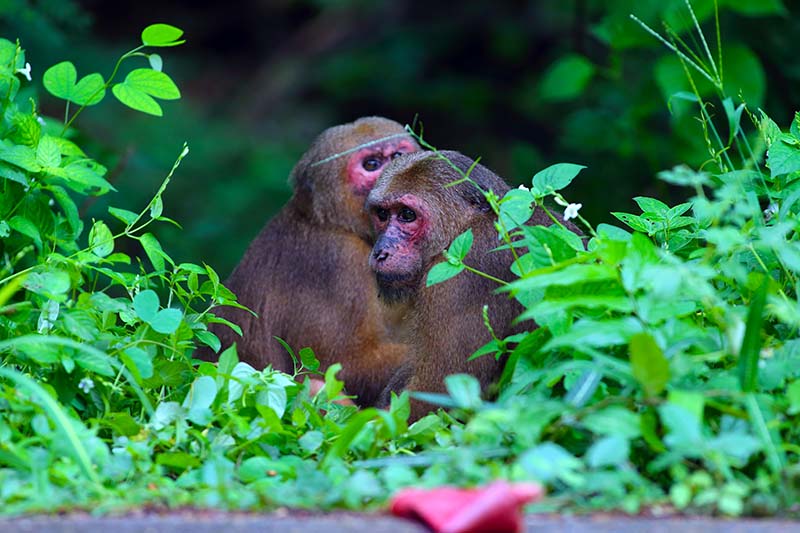
1-minute read
Perhaps when fennec foxes dream, they dream of space—of lunar landscapes and secret missions to Mars. In their sleep-time adventures, they trot through lonely valleys on shifting sands under the glimmer of falling stars, and think to themselves, “Yes, I know this place. It was a long, long time ago, but I’ve been here before.”
Space, the final frontier—of fennec foxes? What could the elfin-eared, canine desert dwellers possibly teach us about space exploration? Well, if you were going to design the perfect vehicle for a planetary mission, you’d want to consult an expert in traveling on harsh terrains. And there are no more punishing landscapes than the Sahara and Sinai deserts, where the pint-sized animal makes its home.
Over four million years, the fennec fox evolved to withstand the high temperatures, violent winds, and scorching sands of North Africa’s desert regions. While the fox has developed several physical adaptations to help survive the heat, like it’s extraordinarily oversized ears and brain-cooling nose, mechanical engineers researching biologically-inspired solutions to traveling in the desert are particularly interested in the mobility advantages of the animal’s ultra-fluffy feet. The interwoven stiff hairs covering the bottom of the fennec fox’s paws enable it to easily navigate sandy terrain. Those advanced traction capabilities are just what land vehicles need to motor around demanding extraterrestrial environments.
NASA-supported researchers at Clemson University’s Creative Inquiry Program found that coating tires with bristle-like fibers similar in texture to the hair on the paws of fennec foxes significantly increased soft soil traction. The new concept inspired by physical characteristics of a creature that evolved to survive extreme conditions may help to improve space rover technology and allow us to go where no humans have gone before—(Pluto anyone? Don’t forget your thermals!). Sometimes, our most ingenious innovations in science, technology, engineering, and medicine have the most unexpected origins—like the tiny fur-soled feet of an ancient species of desert fox.




































































